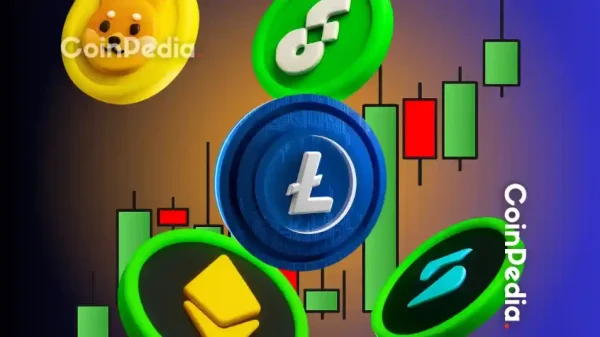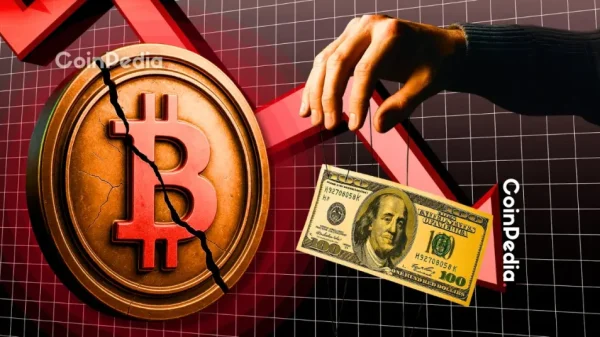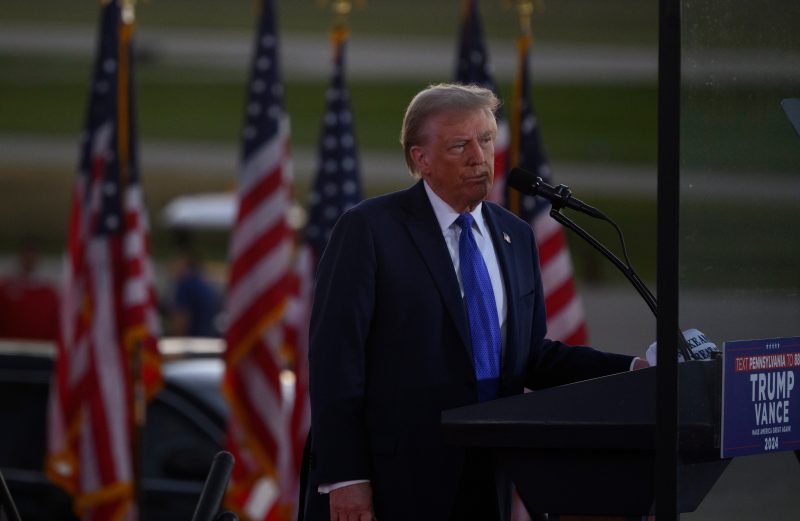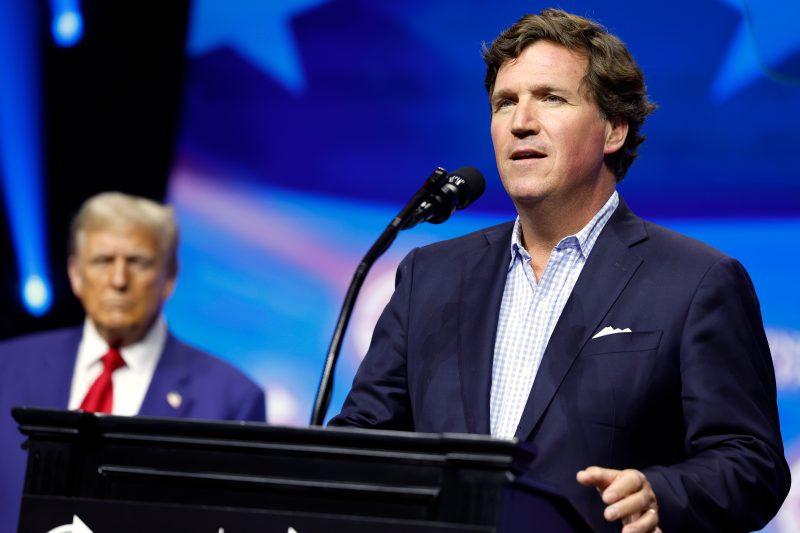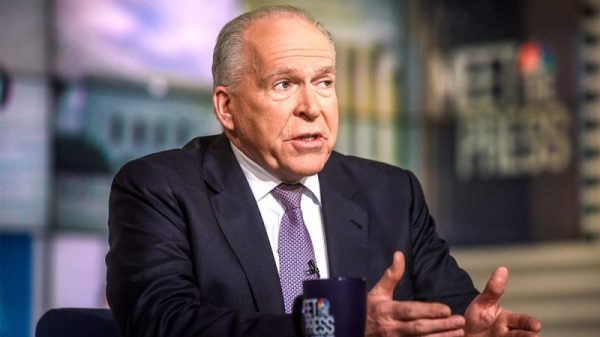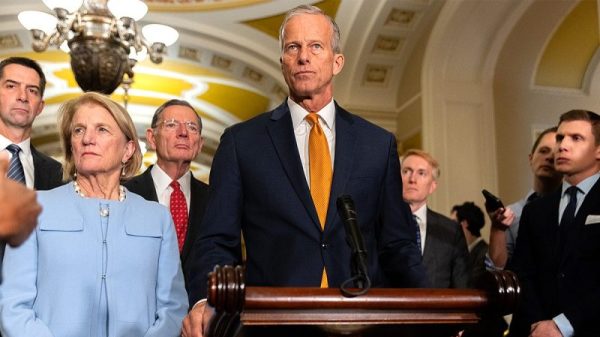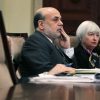
Although electric vehicle (EV) sales have trended steadily upward over the last five years, industry experts present at Fastmarkets’ Lithium Supply and Battery Raw Materials Conference are concerned that high price points, continued range anxiety and geopolitical tensions could impede future market growth.
Although EVs gained market share last year, accounting for 18 percent of the 75.3 million automobiles sold, figures from the International Energy Agency show that China continues to lead other regions by a wide margin.
Of the 14 million EVs sold in 2023, most new registrations were made in China, which came in at 60 percent. Meanwhile, Europe and the US accounted for 25 percent and 10 percent, respectively.
During a panel discussion at the event titled “The Future of Demand: Are We in EV Winter?� participants highlighted several reasons why China is outpacing every other region when it comes to EV adoption.
The most prominent factor is the sheer size of the Chinese automobile industry. “China is an automotive machine the likes of which the world has never seen before,� said Michael Dunne, CEO of Dunne Insights.
“China last year produced 30 million cars — that’s three times as many as were produced here in the US. China can supply half the world’s demand for vehicles,’ added the market intelligence expert.
Demographic factors have also led to purchase hesitation in markets outside of China.
While awareness of EVs is no longer a significant hurdle, with brands like Tesla (NASDAQ:TSLA) gaining high visibility, convincing older drivers to switch from gasoline-powered vehicles remains a challenge. While 30 percent of American drivers aged 18 to 25 plan to buy an EV, 58 percent of people in the country still prefer gasoline vehicles.
“EV manufacturers are seeing that consumers, especially here in North America, like to drive heavy vehicles long distances at higher speeds. And that’s the antithesis of what a battery-powered EV wants,’ said Dunne.
These trends have led to more consumers in North America opting for plug-in hybrid EVs (PHEVs) or traditional internal combustion engine vehicles. And they’re not the only trends dampening purchases.
American drivers still lack EV enthusiasm
Another difference between China and other markets is general excitement, the panelists noted.
Chinese consumers have become more excited about EVs, especially after the introduction of Tesla’s Model 3, which changed perceptions around EVs, according to Dunne. He noted that before 2020, Chinese consumers weren’t excited about EVs; however, once the Model 3 was released there was a shift.
“I saw a tremendous mindset change — a perception among Chinese consumers where suddenly EVs were the new cool (thing) when the Model 3 was introduced and manufactured in China,� said Dunne.
He went on to explain that suddenly, brands like BYD (OTC Pink:BYDDF,SZSE:002594) gained significant traction. Prior to that point, BYD was lagging in the auto industry, with sales declining in 2018 and 2019.
Dunne believes that a domestic manufacturer in North America and Europe needs to release a standout model, proving that there is a company in these regions that can offer an excellent product at a reasonable price. Without that, customers may remain satisfied with their hybrids, PHEVs or gasoline-powered vehicles.
Feeding into the lack of enthusiasm for EVs is their high price point, an area that Chinese manufacturers have addressed through a wide range of EV offerings at various price points.
For Phoebe O’Hara, battery raw materials analyst at Fastmarkets, the issue of affordability and lack of choice are two sides to the same coin. “China is the only region where EV prices went down last year; in the US and Europe they went up,� she said, noting that the cost of the average EU EV is 2.4 times higher than the average national income.
“If we’re trying to open up to low- and middle-income consumers, which is most of the market, there simply aren’t any (EVs) available,â€� said O’Hara, adding that in the UK there are 600 internal combustion engine vehicle models, compared to two EV models. “I think China is the answer when it comes to affordability,â€� she said.
Geopolitical tensions spur pricey tariffs
EV sector tariffs are also throwing a wrench in widespread adoption outside China.
Currently EVs manufactured in China are subject to tariffs in the EU and North America. On July 4, the EU raised tariffs on Chinese EVs, with new rates ranging from 17.4 to 37.6 percent on top of the existing 10 percent duty.
While this move aims to protect the EU’s motor industry, it may increase EV prices for consumers.
The new tariffs also impact Beijing, which is already in a trade war with Washington, as the EU is a key market for Chinese EVs. EU officials claim China’s ‘unfair subsidization’ allows the country’s EVs to be sold cheaper than EU-made vehicles, an allegation that China denies. Likening China’s advantage to the US/Russia space race of the 1960s, Dunne noted that “automakers globally recognize China has a huge lead in terms of batteries, power supply chains and costs … (however), the urgency doesn’t seem to be there, and that’s really concerning.â€�
Despite tariffs, Chinese automakers have maintained profitability and competitive prices in markets like Europe, except in the luxury EV segment, where tariffs on Shanghai Automotive Industry vehicles have increased costs for consumers.
“But I think the people that inevitably lose out are consumers,� said O’Hara.
Overall, the panelists suggested that while tariffs have added some complications, the bigger challenge is developing domestic supply chains and manufacturing capabilities to reduce reliance on imports.
Ultimately, the experts acknowledged China’s significant competitive advantage due to its massive automotive manufacturing capacity and supply chain capabilities. With that in mind, they suggested that western automakers should adopt and learn from China’s strategies to become more competitive.
At the same time, they cautioned against becoming overly reliant on China, which could lead to losing domestic market share and increasing geopolitical tensions. Overall, a balanced approach was recommended — leveraging China’s strengths while investing in domestic supply chains and capabilities to reduce dependency.
While many Chinese EVs face tariffs, subsidies have offered some support to the industry. The US$7,500 consumer tax credit for new EVs included in the Inflation Reduction Act has helped spur EV sales in the US.
As of January 1, 2024, that rebate can be applied at the dealership, effectively lowering the total upfront cost. According to a February Reuters report, the US government issued US$135 million in EV tax credits over the first month of the year.
Speaking about the benefits of subsidies, O’Hara noted that when the UK removed EV subsidies in 2022, sales plummeted 22 percent year-over-year. The panelists explained that when subsidies and incentives are used strategically, they can support industry development, but emphasized that they shouldn’t be used as a crutch that prevents automakers from making the necessary investments and innovations to succeed on their own.
Something that O’Hara thinks is more beneficial than short-term subsidies is leadership.
“Honestly, it’s rhetoric,â€� she said. “If you don’t have somebody in power who’s supporting the energy transition, who’s saying positive things about vehicles and supporting OEMs — if you can’t do anything in a business way, you do it with soft power. And I think the UK is great example where that has fallen completely to the wayside.â€�
Securities Disclosure: I, Georgia Williams, hold no direct investment interest in any company mentioned in this article.

